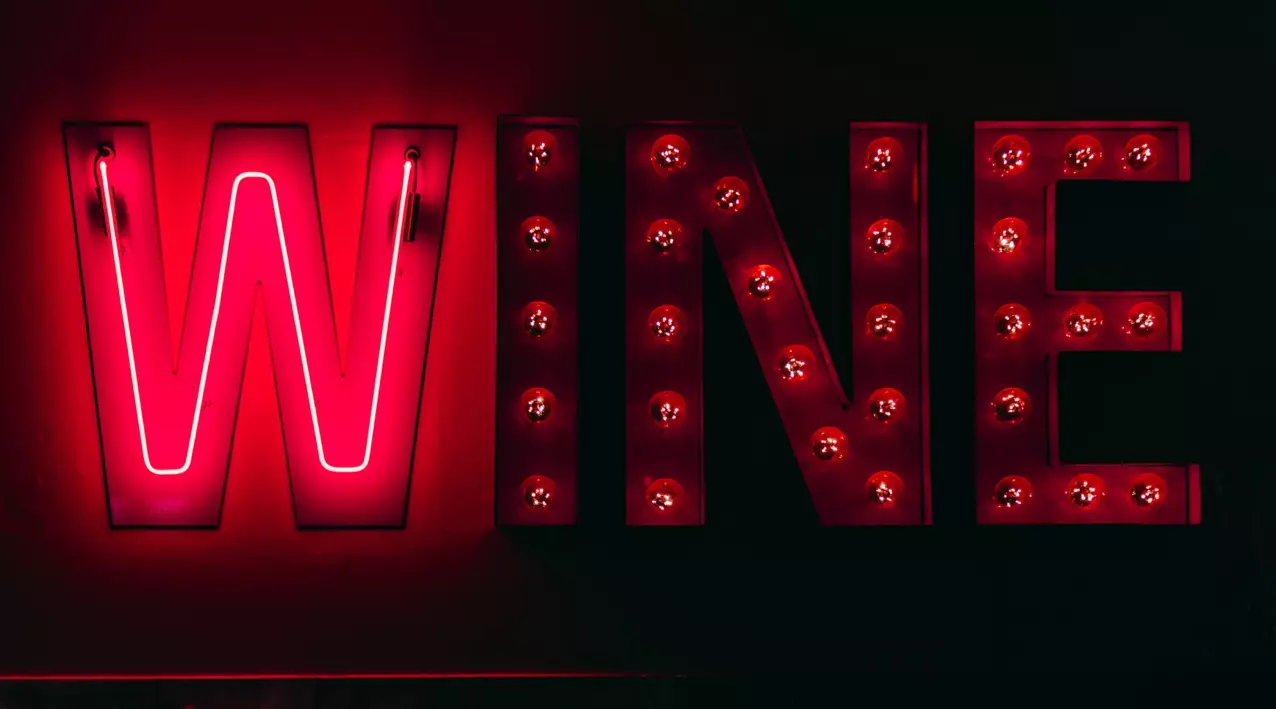The relationship between wine and cinema is a fusion that unites two sensory and creative worlds in a unique experience. Both have the ability to transport us to distant places, deep emotions and changing moods.
This connection has been analyzed and celebrated in numerous films throughout history, in which some screenwriters and directors have managed to capture the magic and passion that surrounds the world of wine. These films invite us to explore the culture, history and complexity behind a glass of wine. From picturesque vineyards to mystery-filled wineries, wine has been more than just a prop on the big screen; has been a character that adds depth and meaning to the stories.
Wine and cinema share surprising similarities. Both evoke nostalgia and allow us to savor the past. Wine, with every sip, can evoke memories of moments shared and places visited. Cinema has the power to transport us to different times and cultures, allowing us to experience historical moments.
Films that revolve around wine often explore universal themes such as passion, friendship, family and personal enrichment. “Sideways” (2004), directed by Alexander Payne, is an example that highlights how a trip through the California vineyards becomes a metaphor for life itself. The film follows two friends, played by Paul Giamatti and Thomas Haden Church, on a journey that leads them to discover more about themselves and their relationships, while exploring the world of wine. The film shows how wine can serve as a catalyst for introspection and personal change.
Romance, drama and vineyards, a cocktail that develops in the film “A Walk in the Clouds” (1995) starring Keanu Reeves and Aitana Sánchez-Gijón.
Cinema is also an instrument in promoting wine culture. Films such as Ridley Scott’s “A Good Year” (2006) and Randall Miller’s “Bottle Shock” (2008) have shed light on the wine industry and its history, increasing public interest in wine and its production process. The unique vineyards, the fermentation processes and the passion of the winegrowers have become more accessible to those who are not familiar with the world of wine.
“The Wine Bottle” (2015), an Argentine film directed by Alejandro Fernández Mouján, follows the story of a winemaker who receives a very special bottle of wine as a gift. The bottle has been stored for decades and contains a message of love from his father. As the winemaker discovers the story behind the bottle and its origin, he embarks on an emotional journey that explores the relationship between wine, family, and personal stories.
The relationship between wine and cinema goes beyond the screen, extending to special events such as film festivals and wine tastings, an example is the Gourmet Cinema section of SEMINCI, which unites cinema with the world of wine and of gastronomy.
These films are just a sample of how wine has been a recurring theme in cinema, adding depth and charm to the stories. Through these films, the viewer can immerse themselves in the wine world and explore the emotions and experiences that surround this iconic drink.
Ultimately, the relationship between wine and cinema is a reflection of humanity itself. Both are products of human creativity that connect us through our shared experiences. Wine, like cinema, can be complex and varied, with layers of flavors and nuances that evoke a range of emotions.
In this exciting crossover between the big screen and the world of wine, Bodegas Federico and its Tinto Federico wines, like the characters in these stories, have their own stories that begin in the vineyards of Ribera del Duero and culminate in a glass . full of flavor and character.
Just as a good wine pairing can enhance the flavors of a meal, the combination of wine and film can enhance our appreciation of life.
Bodegas Federico and its Tinto Federico wines have managed to capture this essence in an experience that celebrates the magic shared between cinema and wine, taking us on a multi-sensory journey that awakens our emotions and stimulates our senses… Reds Federico, they are a movie!


